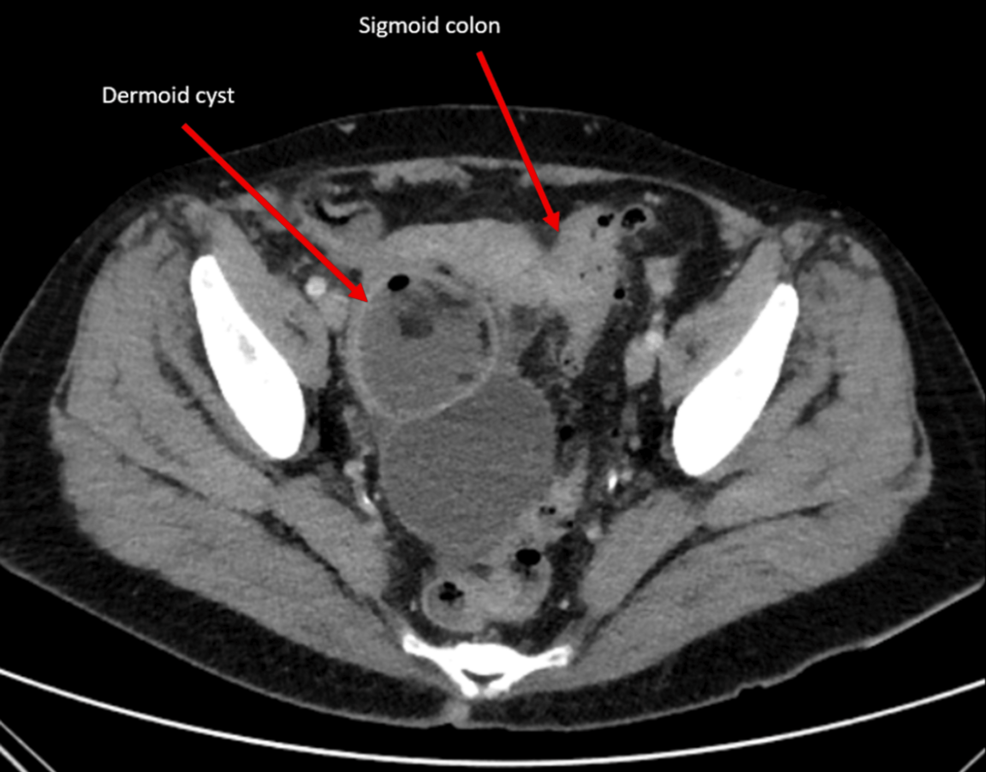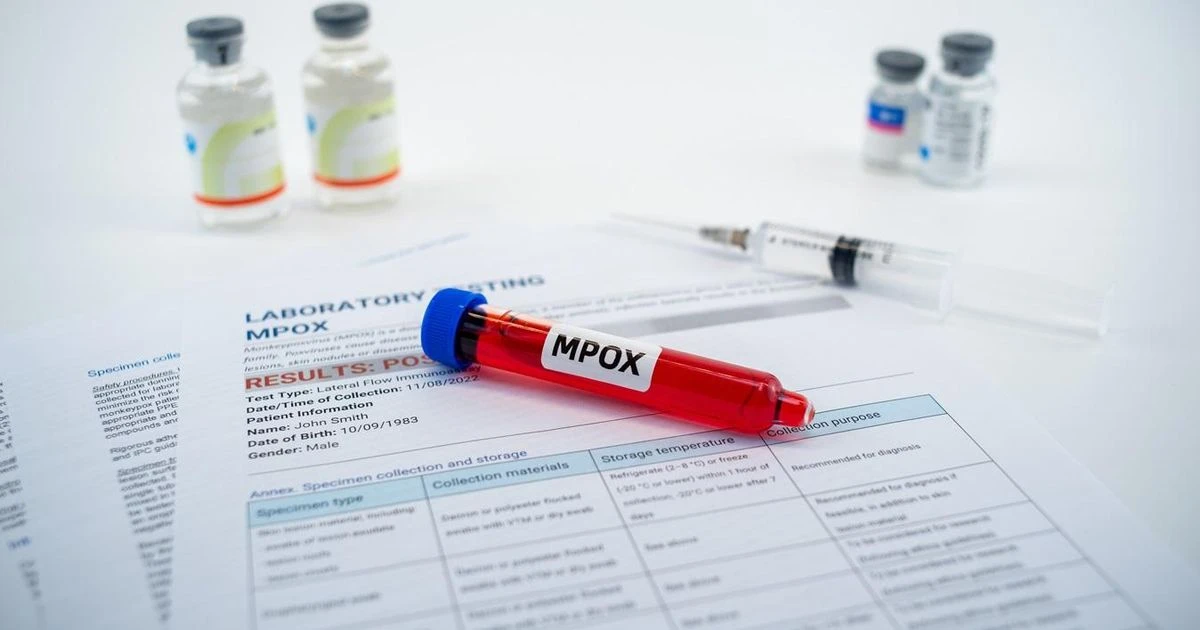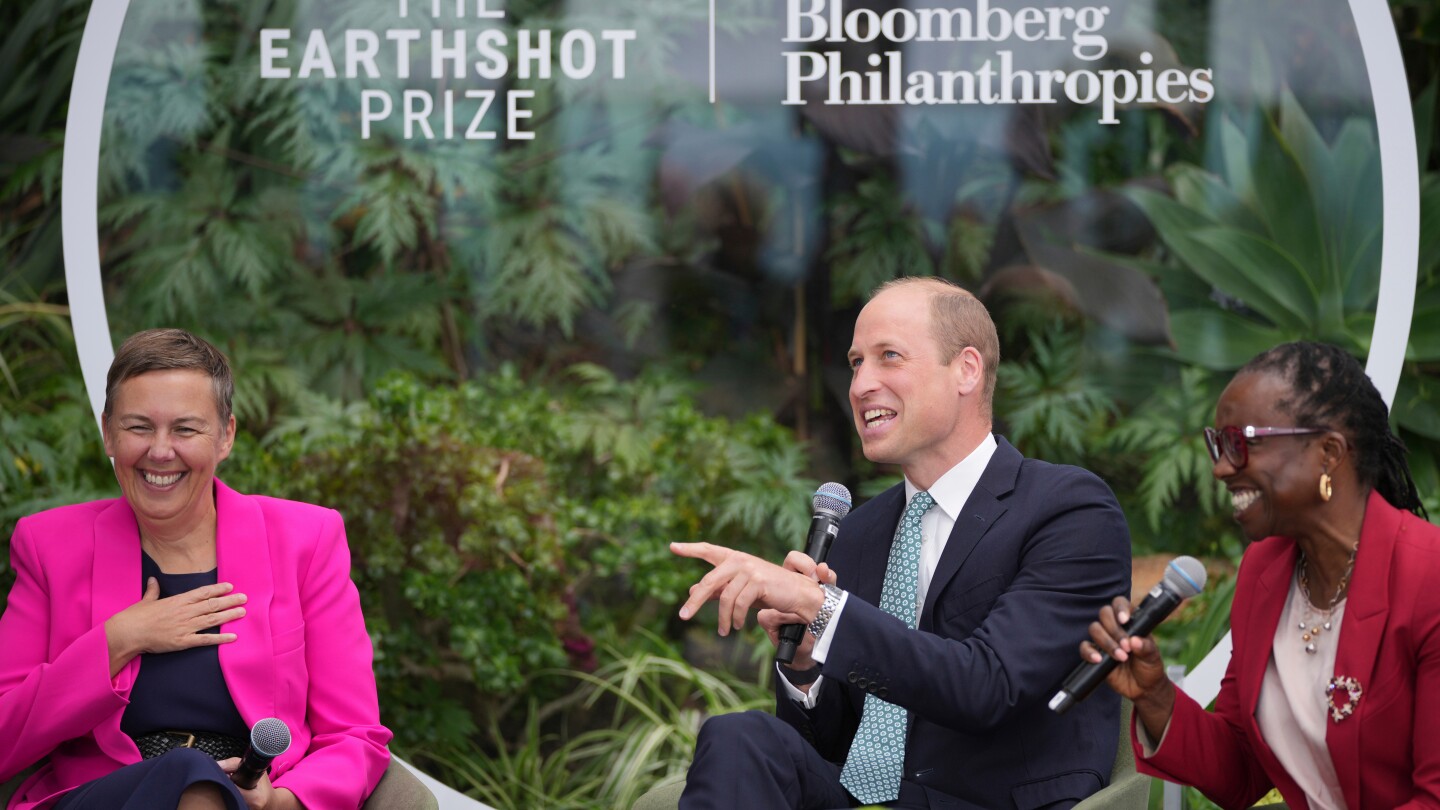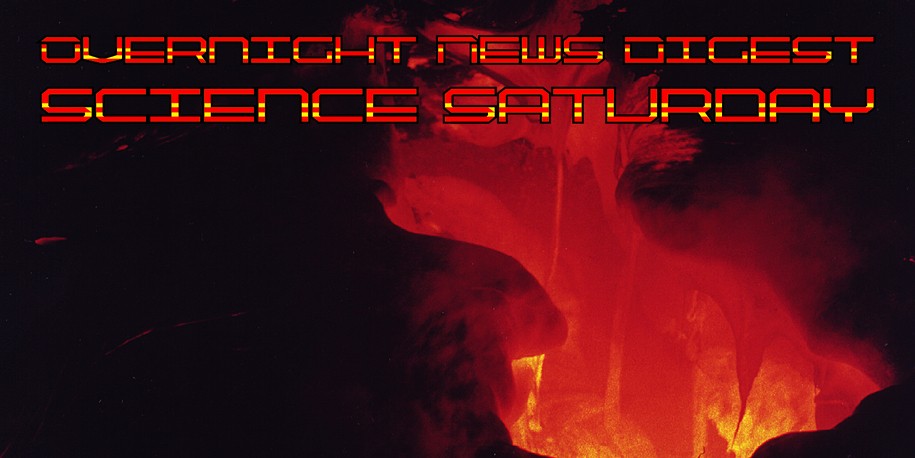Korean Air and Archer Aviation have signed an agreement to bring Archer’s Midnight eVTOL aircraft to Korea, with Korean Air planning to buy up to 100 units. This marks a strategic move toward global expansion and broader commercial use.
See our latest analysis for Archer Aviation.
Archer Aviation’s high-profile partnership with Korean Air caps off a year already filled with momentum. Recent months saw the company achieve major flight test milestones and showcase its Midnight aircraft to tens of thousands at the California International Airshow. The company’s share price has climbed 17.24% year-to-date, while its remarkable total shareholder return of 242% over the past year highlights surging investor confidence and an appetite for Archer’s long-term potential.
If industry-defining partnerships like this have you searching for emerging leaders, now is the perfect moment to discover See the full list for free.
With such deals and ambitious growth now in focus, investors are left to weigh whether Archer’s current valuation reflects all this promising potential, or if new developments mean there is still room for upside.
Compared to the last close of $11.22, Archer Aviation’s price-to-book ratio sits at 4.3x, which is notably higher than the broader US Aerospace & Defense industry average. This gap signals a premium that the market is currently willing to pay for Archer shares.
The price-to-book ratio measures the share price against the company’s net assets on the balance sheet. In capital-intensive sectors like aerospace, it helps investors judge whether a stock is trading above or below its underlying book value. For Archer, this elevated ratio suggests investors are betting on significant future growth despite the company being unprofitable today.
Archer’s 4.3x price-to-book ratio stands out compared to the industry average of 3.6x, which underlines that optimism. Investors seem convinced the company’s pace of innovation and partnerships justifies a higher valuation benchmark. However, this level is typically seen for more established or rapidly scaling businesses.
See what the numbers say about this price — find out in our valuation breakdown.
Result: Price-to-Book of 4.3x (OVERVALUED)
However, risks remain. Archer’s negative net income and limited current revenues could temper long-term investor enthusiasm if unaddressed.
Find out about the key risks to this Archer Aviation narrative.
Taking another angle, our DCF model estimates Archer Aviation’s fair value at $29.64, which is far above its current share price. This method weighs future cash flows over balance sheet figures and suggests the market might actually be underestimating Archer’s future earnings power. Could this be a hidden opportunity?








